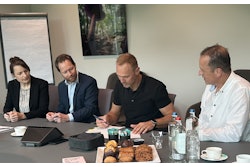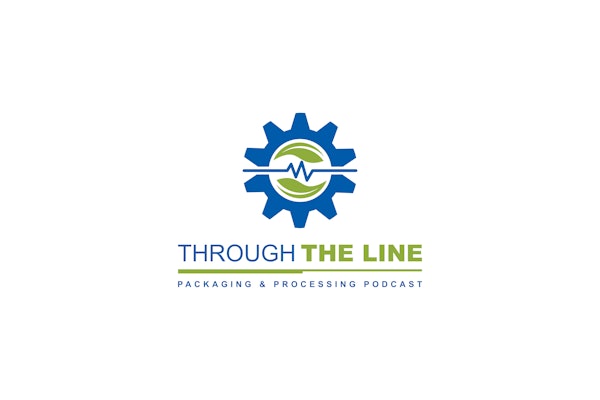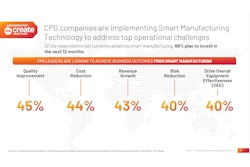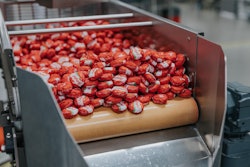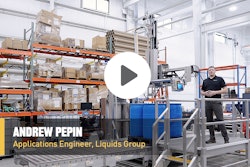Matt Reynolds:
Good. Well, we covered two of the main areas that we’re seeing change in movement in one material to the other, and where we’re seeing what might be on the horizon with some of the bio-based and compostables. What are the reasons behind it? What are the priorities that are driving these material choice changes? I think you mentioned right off the bat from the big picture that recycling and recyclability and recycled material, recycled content tend to be two of the biggest ones. What else is in that mix?
Anne Marie Mohan:
Material reduction was another one that was third on the list of things that CPGs consider when they are looking at creating more sustainable packaging. But it was interesting, [Kelly] Murosky [of Unilever] as well as Olga Kachook, who’s the CEO of the Sustainable Packaging Coalition, said that they believe that material reduction should really be the top priority. If you think of the EPA’s reduce, reuse, recycle hierarchy, reducing material is really the most effective route to more sustainable packaging. I do wonder if, because material reduction is such low-hanging fruit and something that a lot of companies did immediately when sustainability became the buzzword, maybe there isn’t as much opportunity for reduction. It was interesting though, Murosky noted that at Unilever, a lot of times material reduction is paired with the use of PCR, so that the reduction in the material offsets the cost of using the recycled materials, which is a very interesting strategy when you’re looking at the economics of sustainability.
 | Read this related article on the survey results, “Consumer Demand for Recyclability Leads to Paperization” |
Matt Reynolds:
And that was a great segue. The economics have to work out, these have to be successful businesses and they can’t operate at a loss. So that brings us to one of the biggest hurdles to adopting perhaps more sustainable materials. And that’s cost, I think cost, and also access to the material. If we’re not recycling enough, if there’s not enough coming through the back end, then the cost of that material, which if it’s a scarcity thing, the cost goes up. So how did you think about, and how did the folks that you interviewed about the results think about cost and scarcity as barriers to adopting different and perhaps more sustainable materials?
Anne Marie Mohan:
Well, I do have to say when we created these questions, I was really prepared to see material access being the biggest challenge because we hear about it all the time. As far as bio-based plastics, PCR, I thought that would really be the barrier, but cost came out on top. And as Kachook indicated or suggested, there’s a link between the two. She said, cost is driven by access. So the less available a material is, or the less commercially scaled it is, the more expensive it will be and the less brands will be able to use it. But still, we’re talking about cost at 78% being the largest challenge, and material access, 36%. Of course, our respondents were asked to choose a couple. That’s why the numbers don’t add up to a hundred. But still, that’s quite a gap. [Alastair] Dorward [CEO of Dropps] said that the reality is that sustainable packaging often comes with a premium cost, which can be a barrier for some companies when they weigh sustainability against maintaining affordability for their customers. PW





